Browse

When a school is placed miles away from the families it serves, the consequences show up immediately.

In Charlotte, North Carolina, a man lost his life trying to catch the bus. When you look at where it happened, two things become clear: This was inevitable. It was also preventable.

Madison, Wisconsin's Transportation Commission approved a rapid response traffic initiative that could potentially make a dangerous street safer and provide a template for future street tests.
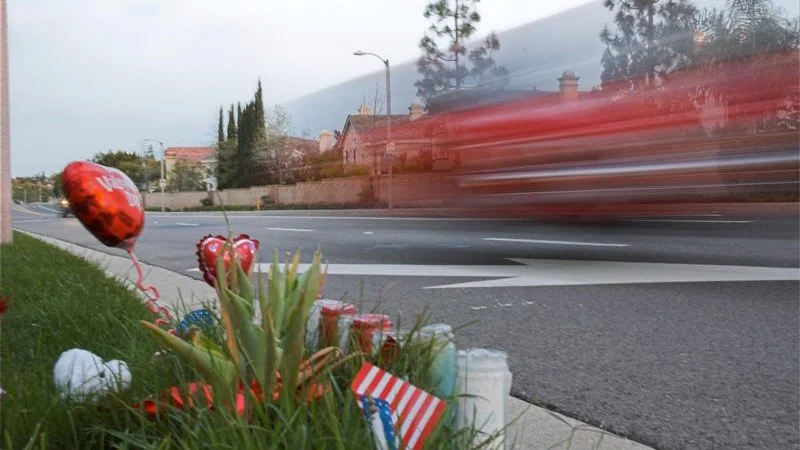
After 15 crashes in five years, Leawood, Kansas is starting to name street design as part of the problem. But safety can’t wait on slow, multi-year timelines.
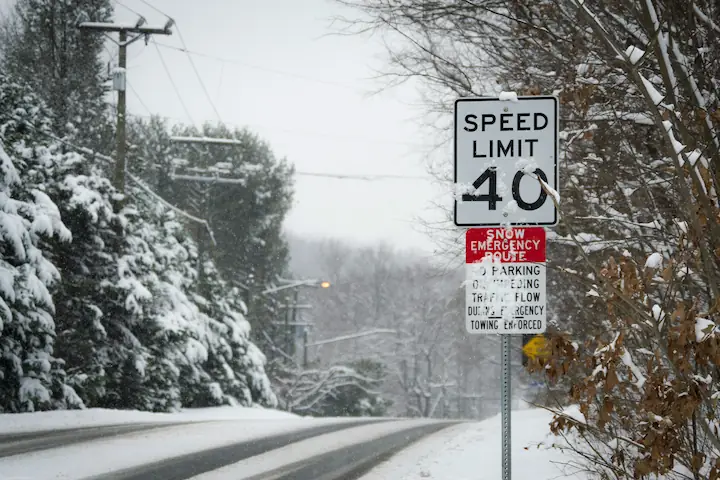
Walking to school shouldn't be a death-defying stunt. That's why advocates in Maine are working with city leaders to make their streets safer.
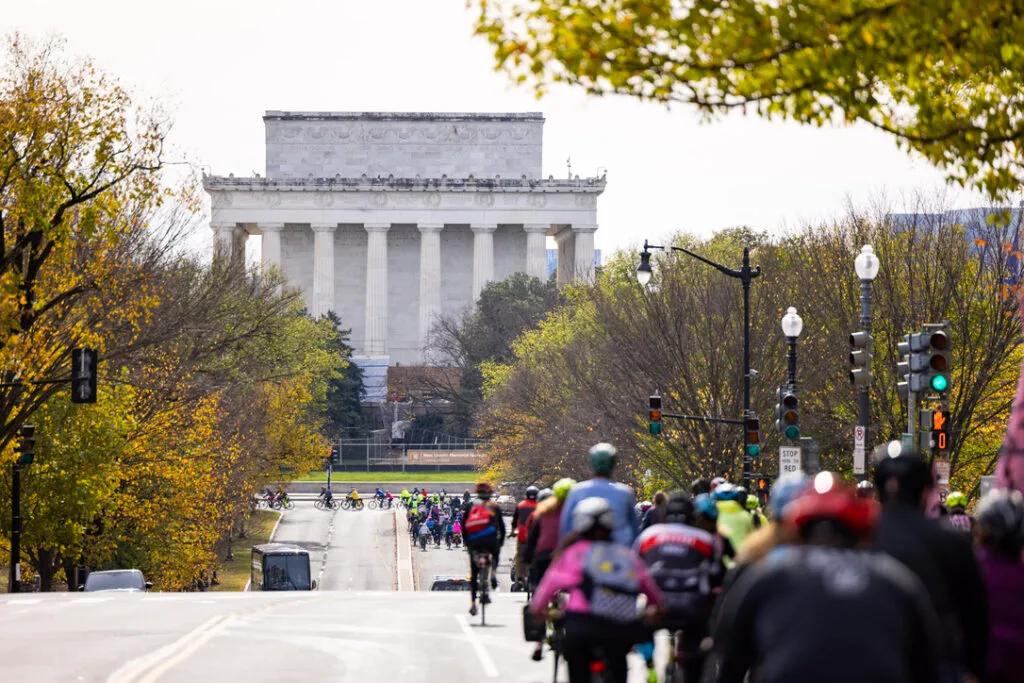
At Ride for Your Life, hundreds rode to the Lincoln Memorial to mourn lives cut short by dangerous streets and to call for a future where no family has to endure the same loss.
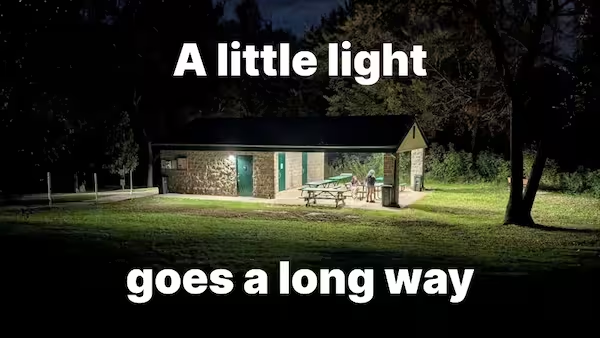
How two identical park buildings reveal the power of small design choices.

Thanks to persistent local advocacy and city leadership willing to listen, change is finally coming to a dangerous intersection in New Haven, Connecticut.

With limited budgets and staff time, cities often reserve their safety interventions for the most dangerous locations. But that doesn't mean other areas are safe.

The notorious Park Avenue in Minneapolis is finally getting some immediate safety improvements, thanks to the efforts of local advocates and county officials willing to step up.

Volunteers in Spokane, Washington, sent a message to city hall last month by building, decorating, and installing 29 bus benches throughout the city.
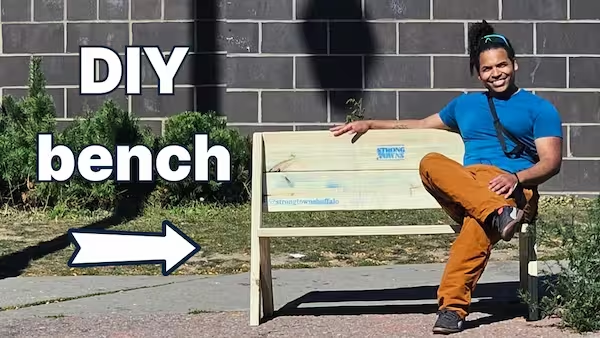
Buffalo neighbors built benches for bus stops, proving that small, bottom-up projects can have a big impact on daily life.

Advocates in Cedar Park, Texas, used publicly available crash data to drive major safety improvements near their schools.

Every fall brings the same story: too few school bus drivers, too many kids left waiting. Some districts throw money at the problem. Others see an opening to make walking and biking safer.
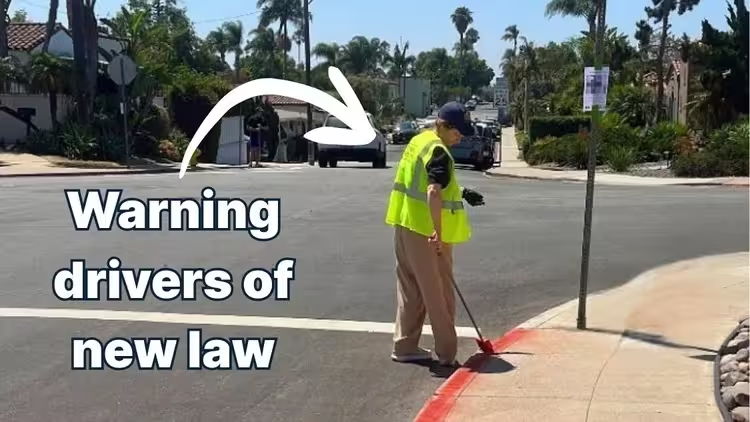
Since California's new daylighting law was implemented, unsuspecting drivers have accumulated over $700,000 in fines. Local advocates are stepping up to change that.
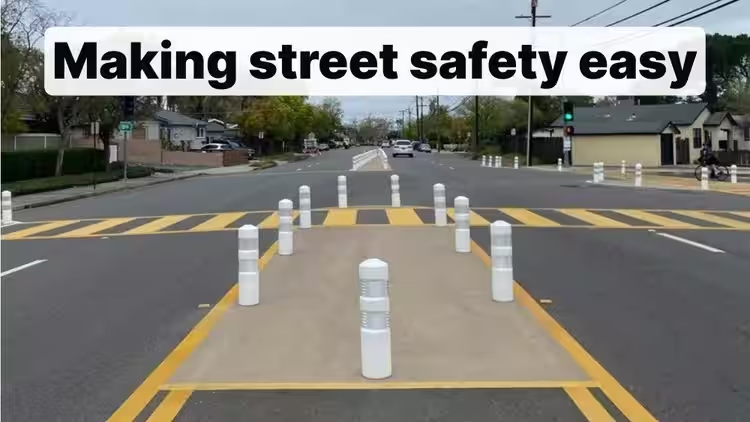
Portland’s regional government is giving communities the data and tools they need to make streets safer.
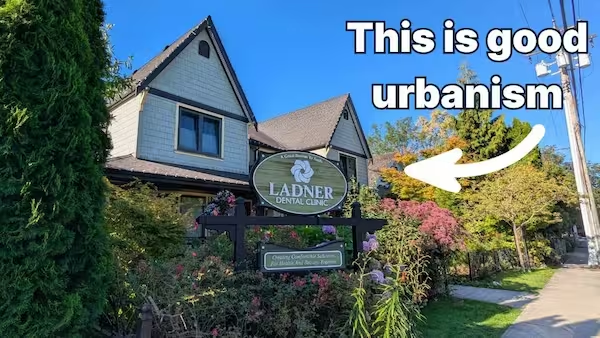
Places are not static; they are dynamic. And sometimes, “for-awhile” uses can be the bridge that gets us from stagnation to vibrancy.
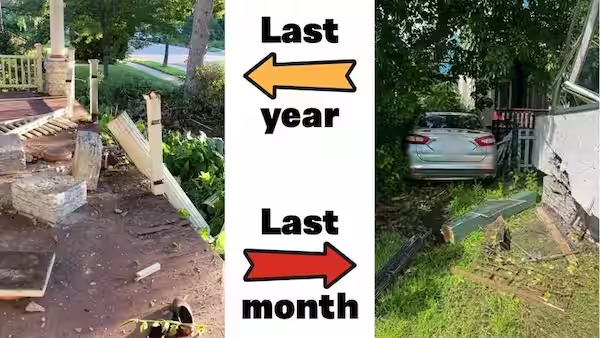
Late last month, a car smashed through a front porch along Park Avenue in Minneapolis — again. It’s time for the county to stop waiting and start acting.

A lesson in "never say never" urbanism. When cities attempt to prescribe the exact way a building must be used, they risk regulating away the very life of a place.
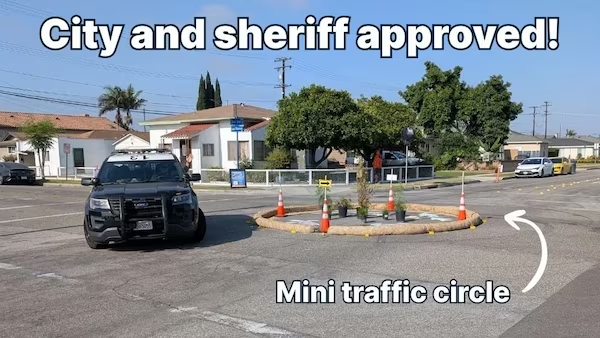
The city of Artesia, California, has been struggling with a speeding problem. Instead of just blaming drivers, city staff teamed up with local advocates to address the root problem: the street design.
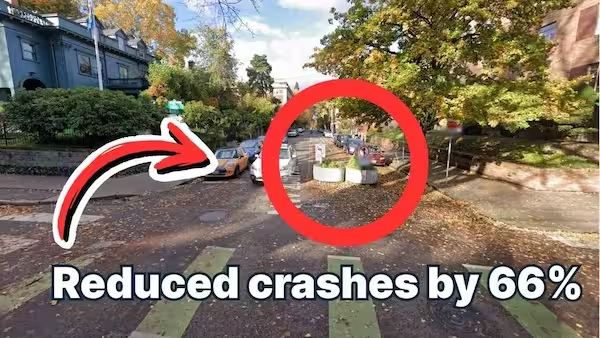
A 66% decrease in crashes wasn’t enough to protect these traffic diverters, but the unified efforts of local advocacy groups and city officials might be.

When a child is killed on a street like West Hudson Boulevard, it’s not a tragic fluke. It’s the outcome we designed for.
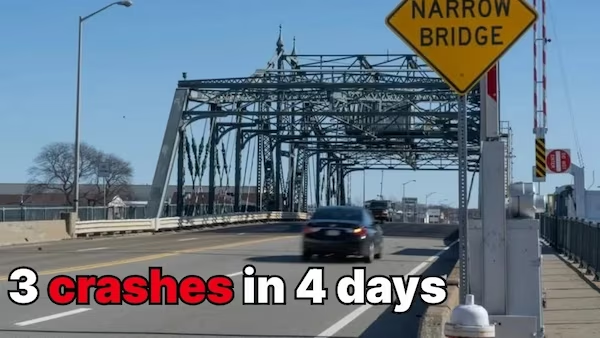
Four days. Three crashes. Two lives lost. One life changed forever. For residents of Fairhaven and New Bedford, this wasn’t just a bad weekend; it was a turning point.
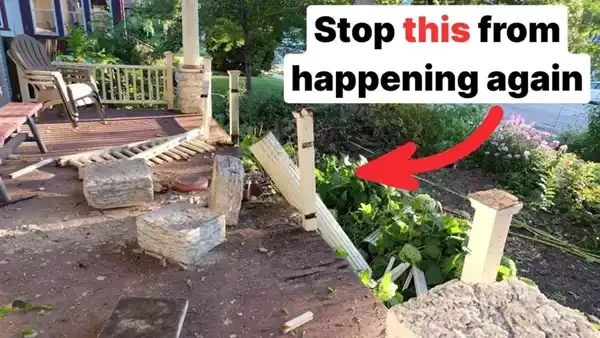
After a car crash damaged three houses, these Minneapolis residents are done waiting for officials to act. They're demonstrating a better way of responding to crashes.